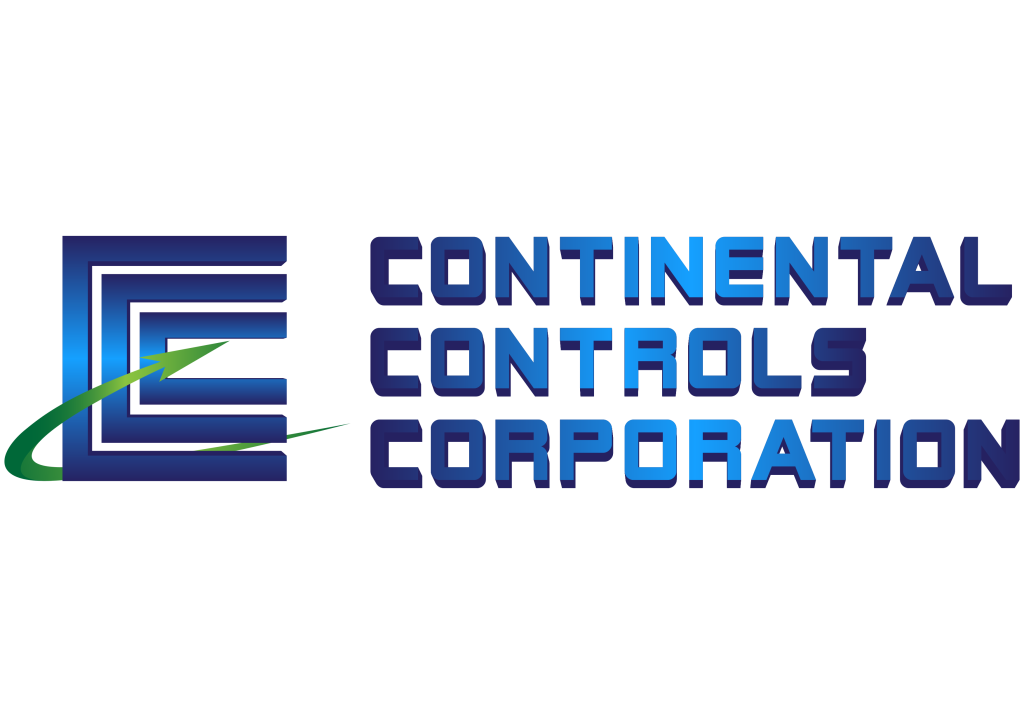Continental Controls Corporation, a manufacturer of controls and components for gas turbine and reciprocating natural gas engines, has announced the release of a new ultra-low emissions system that provides for long-term emissions automatic compliance without the normally required operator intervention.
The key to our breakthrough for this system is the addition of a NOx sensor downstream of the non selective catalytic converter (NSCR). This NOx sensor provides feedback and confirmation that the engine is running well, the catalyst is working correctly and the entire emissions control system is working as it should. As the NSCR ages and the oxygen sSensor drifts over time, adjustments to the air fuel ratio (AFR) system will be made automatically based on input from the NOx sensor.
This is a quantum step forward in controlling emissions for natural gas engines over an extended period of time. Other manufacturers have achieved this level of compliance for a short time but nobody has developed a system like this that is auto correcting for changes in ambient conditions, changes in sensors or aging NSCR that doesn’t require frequent operator intervention.
The concept of using a NOx sensor to maintain the ideal set-point to optimize the emissions reduction from an NSCR catalyst is quite novel and CCC has applied for a patent on the system and method. NOx sensors have been used to try to minimize NOx from lean burn engines but this is the first product to use NOx sensor on a rich burn engine with a NSCR catalyst.
CCC is a company that has been designing and manufacturing some of the most effective fuel control products for gas engines and gas turbines for more than 20 years. They have pioneered ideas such as advanced flow control and variable pressure control fuel valves, in addition to valves that have integrated AFR controls and even electronic carburetors with integrated support for advanced oxygen sensors.
Even with these other advanced techniques and technologies, until now it has not been possible to maintain long-term compliance without having an operator test emissions with a portable emissions analyzer to determine the optimum AFR to obtain the level of reductions required. Now, by adding the CCC catalyst monitor with the NOx sensor in the engine exhaust and providing dynamic feedback to the AFR it is possible to keep the engine in compliance over a much longer time frame.
"During our field test at Fontana Wholesale Lumber on their Waukesha engine, we left the engine completely alone for more than three months and we were still at the lowest required levels of both NOx and CO without any operator intervention. We believe that this may be the first time that this has been achieved," noted Rick Fisher, vice president at CCC.
All of CCC’s emission control valves now utilize CAN Bus communications implemented, which allows for multiple devices to communicate on the same Bus. This puts the fuel valves, the NOx sensor and the cat monitor all in constant communication, allowing for some new and unique control architecture.
The cat monitor logs data related to emissions control and has the ability to report that information back to a central control office via Ethernet TCPIP, cell or satellite modem for remote locations.

